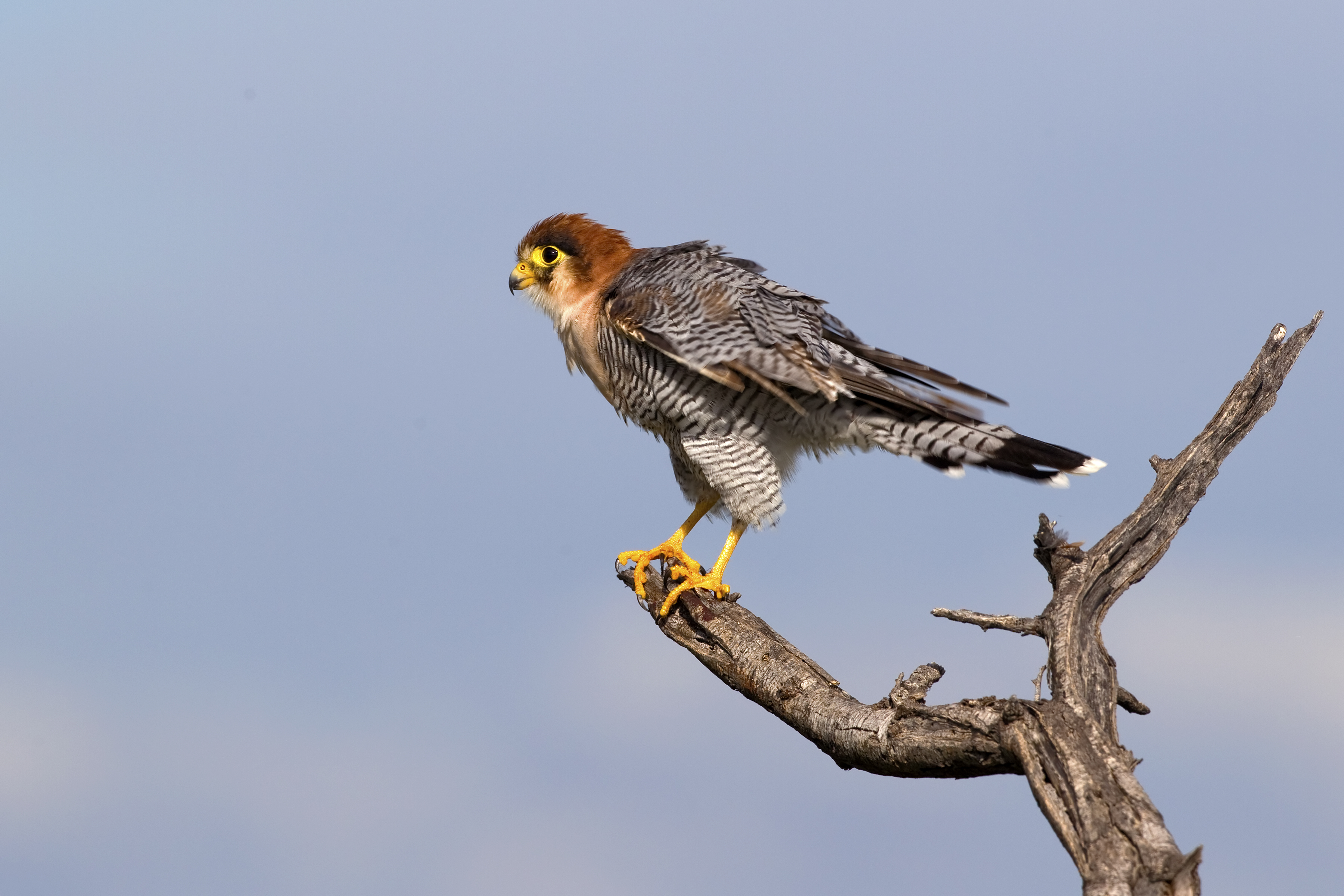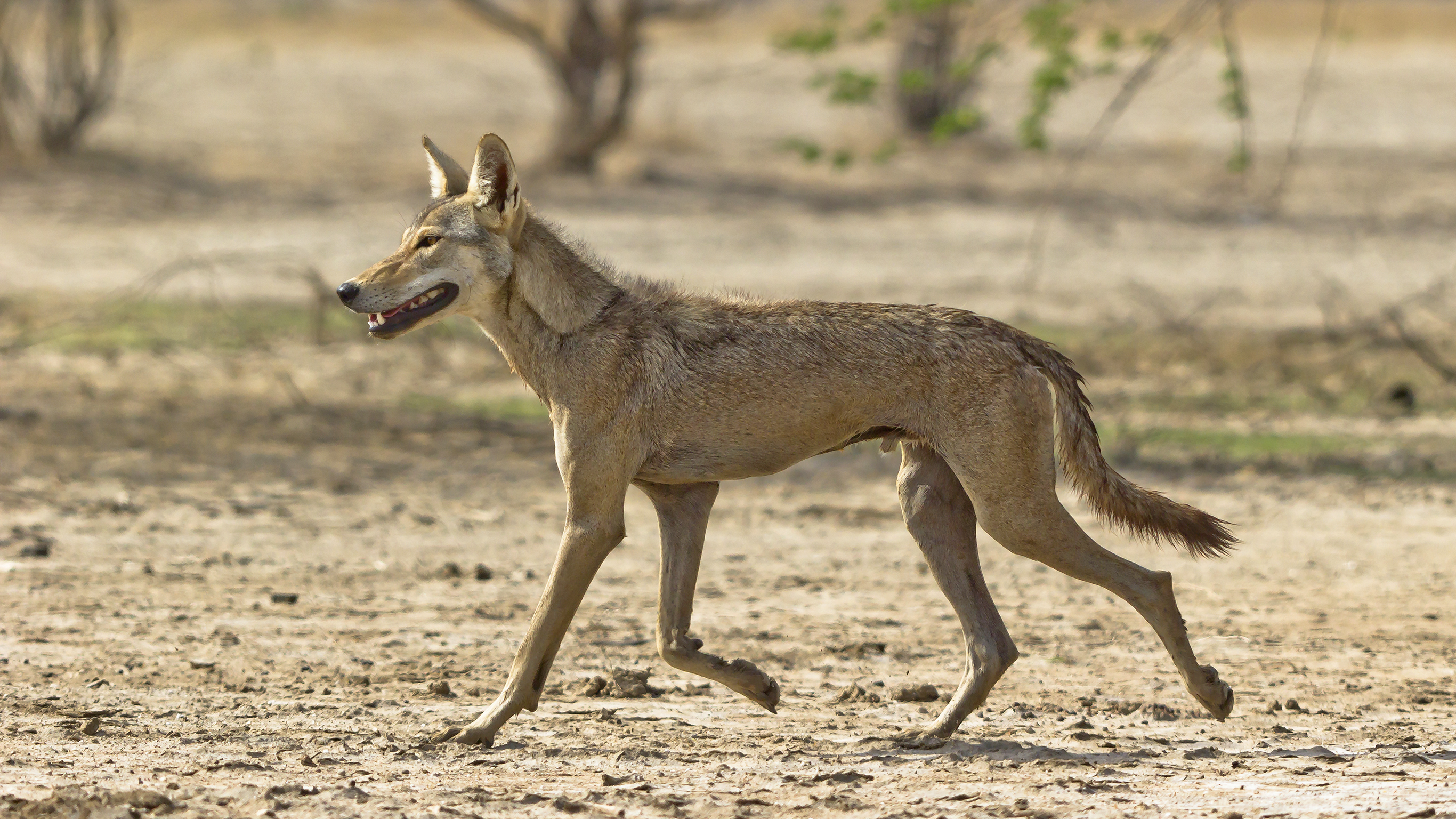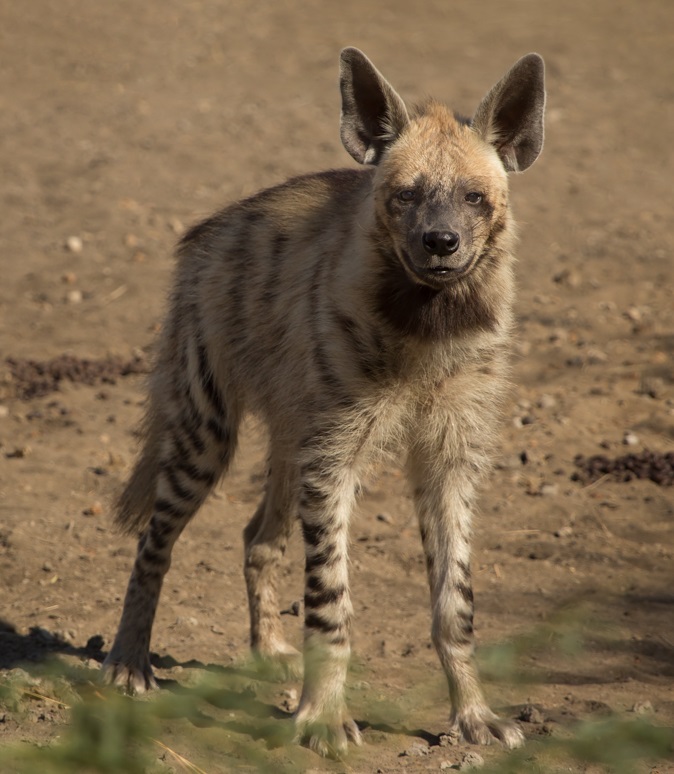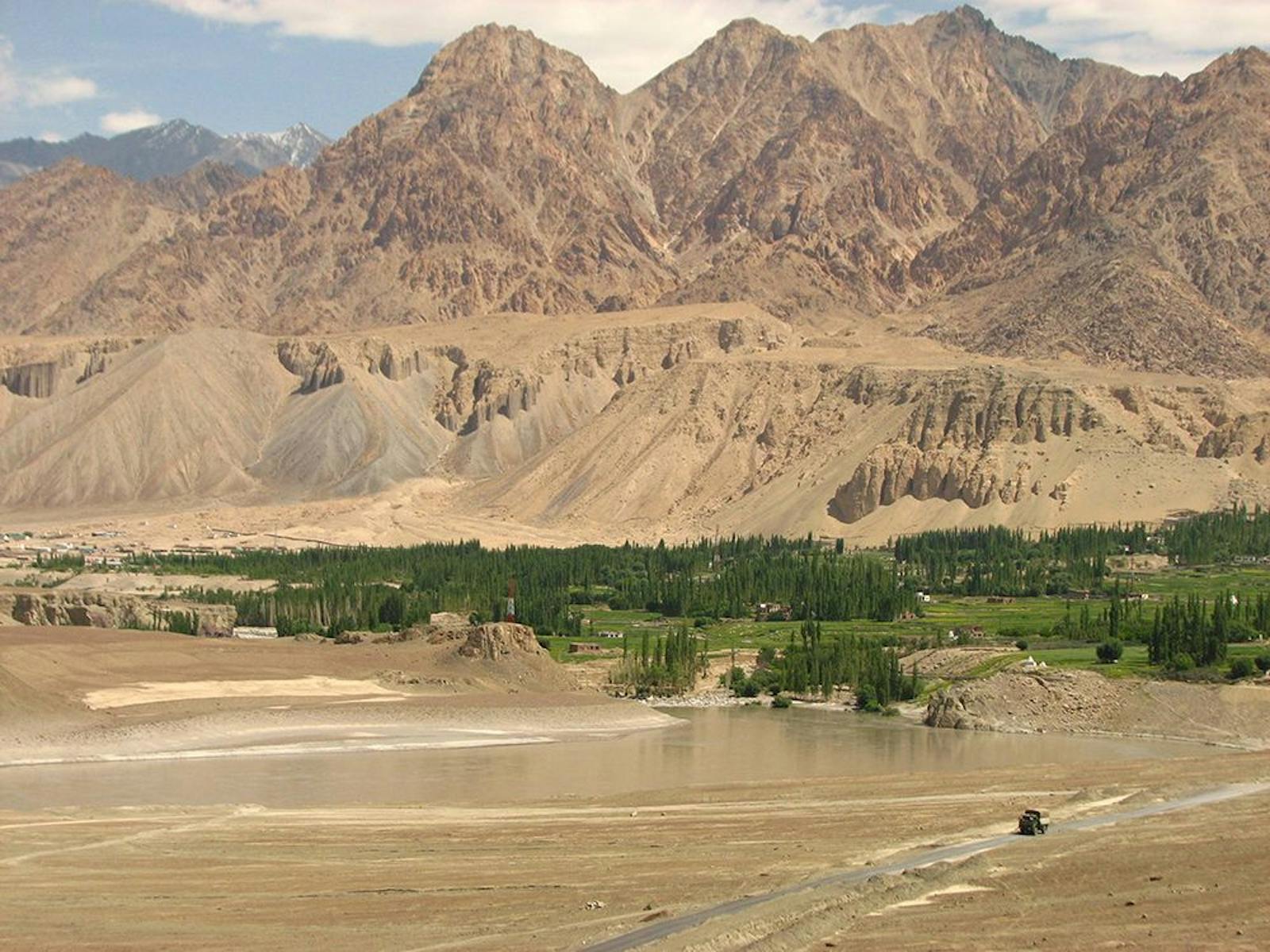Indus Valley Desert
The ecoregion’s land area is provided in units of 1,000 hectares. The protection goal is the Global Safety Net (GSN1) area for the given ecoregion. The protection level indicates the percentage of the GSN goal that is currently protected on a scale of 0-10. N/A means data is not available at this time.
Bioregion: North Indomalayan Deserts & Scrub Forest (IM4)
Realm: Indomalaya
Ecoregion Size (1000 ha):
1,954
Ecoregion ID:
317
Protection Goal:
63%
Protection Level:
10
States: Pakistan
The Indus Valley Desert ecoregion can only be described as one of the most inhospitable ecoregions for animals and plants in the Indo-Pacific region. This hot, arid ecoregion sits in the middle of Pakistan’s Indus Valley, flanked by the Glaiman Mountain Range to the west, and the Chenab River to the east. Temperatures fluctuate between the extremes, from near-freezing in the winter to over 45°C during the summer. Annual rainfall is scant, averaging about 600 to 800 mm a year.

The flagship species of the Indus Valley Desert ecoregion is the red-headed falcon. Image credit: Image credit: Yathin S Krishnappa, Creative Commons
Despite these harsh conditions, this desert, along with the neighboring Thar Desert, is one of the most densely populated deserts in the world, with a human population density of around 150 people per km2, which is about five times greater than the global average for deserts. Climate change projections indicate that the climate extremes could increase, with longer drought periods and expansion of the desert area, making this ecoregion even more inhospitable.

Khejri (prosopis cineraria) in desert. Image credit: Creative Commons
Unsurprisingly, the vegetation is greatly influenced by the extreme climatic regime. The shrubby vegetation is characterized by trees with small, shiny leaves that have a thick waxy coating to reduce water loss and adapt them to the arid conditions. The common ‘xerophytic’ trees that grow as isolated clumps are Prosopis, Tamarix, Albizia, and Salvadora species.
There is hardly any information available about the biodiversity of this desert ecoregion, but known information indicates that it does not support a rich mammal or bird fauna. Overall, about 32 species of mammals have been recorded from the ecoregion. Some of the larger species in the ecoregion includes several predators: wolf, common leopard, hyena, and caracal.

Indian wolf. Image credit: Dhaval Vargiya, Creative Commons
The largest herbivore is the Punjab urial, a subspecies of the urial, which is the progenitor of domesticated sheep. This subspecies is restricted to the Indus valley of Pakistan. Bird richness is higher with 190 species.
A prominent bird here is the red-necked falcon. This medium-sized falcon has a striking appearence with bluish-grey wings and upper body and a chestnut-red head. The falcon populations in Pakistan have been dwindling because they are captured for use in falconry and to hunt down other birds. Meanwhile, no reptiles or amphibians have been recorded from this ecoregion.

Striped hyena. Image credit: Courtesy of Sumeet Moghe
A single large reserve, the Thal Game Reserve, covers most of this ecoregion. Because of the harsh climate, low biological richness, and low human density, the anthropogenic threats to this ecoregion and its biodiversity are also low. The recommended conservation actions are to: 1) strengthen management of the existing protected area; 2) monitor key species, especially the urial population; and 3) conduct biological research to better document the biodiversity and ecological features in this ecoregion.
Citations
1. Sivaperuman, C., Baqri, Q.H., Ramaswamy, G. and Naseema, M. eds., 2008. Faunal ecology and conservation of the Great Indian Desert. Springer Science & Business Media.
2. Wikramanayake, E, E. Dinerstein, et al. 2002. Terrestrial Ecoregions of the Indo-Pacific: A Conservation Assessment. Island Press.


